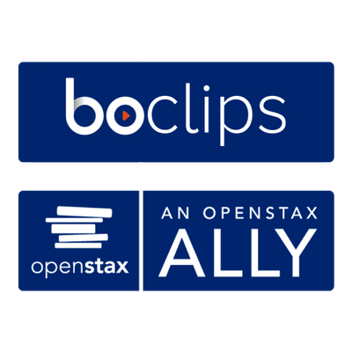OpenStax is a widely-used resource in higher education, providing students with much-needed access to high-quality, peer-reviewed textbooks. As with any resource, there are ways to implement adjacent resources to make it even more effective for student learning. One such way is by incorporating video assets into your courses.
Video is a powerful tool that can be used to supplement OpenStax textbook material, providing students with a more interactive and dynamic learning experience. In this article, we will explore five benefits of implementing video assets alongside your OpenStax courses. We will explain how educational video can be used to increase student engagement, improve student understanding, enhance assessments, personalize instruction, and help students understand the real-world applications of their studies.
Increase Student Engagement
One of the key benefits of utilizing video with your courses is an increase in student engagement. Video allows students to interact with complex concepts in a more dynamic way, creating an environment for increased student participation in the classroom and online. Research has shown that the use of videos in education can lead to improved engagement and retention of the material. For example, a meta-analysis conducted by the University of Washington found that students who used video in their learning had better performance on exams and higher levels of engagement than students who did not use video (Kay, Lauricella, & Gromala, 2017).
Improve Student Understanding
Not only can video increase engagement, it also has the ability to improve student understanding. A study published in the Journal of Educational Psychology found that using video in the classroom can improve students' understanding of complex topics and increase their motivation to learn (Mayer, 2009). Talk about a cherry on top...supplemental video has the ability to help students wrap their heads around complex concepts and can be a motivating medium for learning.
Enhance Assessments
Research has shown that the use of videos in assessments can lead to more accurate evaluations of student learning. By incorporating video into assessments, more accurate evaluations of student learning can be achieved in OpenStax courses. A study published in the Journal of Educational Psychology found that using video-based assessments improved the accuracy and reliability of teacher evaluations of student learning (MacCann, Roberts, & Irwing, 2013). In addition, a meta-analysis conducted by the University of Central Florida found that video-based assessments led to more accurate and reliable evaluations of student learning in various educational settings (Guo & Dobson, 2016).
Personalize Instruction
Personalizing instruction is another powerful benefit that comes from implementing video alongside OpenStax textbooks. Adding different forms of video can help customize and tailor the learning experience for students by providing different perspectives and examples that cater to different learning styles. This provides students with additional resources to help them understand the material in a way that works best for them. Research has shown that providing students with different learning materials can lead to a more tailored and effective learning experience. For example, one study from the Journal of Educational Psychology found that using video in the classroom can help teachers to differentiate instruction, allowing them to tailor the learning experience to individual students' needs (Van Horne & Blair, 2013). Another study published in the Journal of Educational Technology & Society found that using video in online courses can provide students with more opportunities to engage with the material in ways that suit their individual learning styles (Bolliger & Martin, 2018).
Application to the Real World
Even back in 2003, a study found that using video in the classroom can help students to connect abstract concepts with real-world examples, which can improve their understanding of the material (Mayer & Moreno, 2003). Video has had a long history of helping students understand how their studies apply in real-world scenarios. It can provide real-world examples and applications of concepts covered, allowing students to build contextual mental models. By incorporating video into their instruction, instructors can help students to understand how the concepts they are learning can be applied in different fields and industries.
In conclusion, educational video can be a powerful learning tool for enhancing OpenStax course material and improving student learning outcomes. By incorporating video into your instruction you can see increased student engagement, improve student understanding, enhance assessments, personalize instruction and help students understand the real-world applications of their studies.
If you're interested in learning more about how Boclips curates and aligns high-quality videos from the most recognized educational content creators to every chapter of the entire OpenStax library, you can visit our OpenStax page or reach out to schedule a 1x1 demo. We are here to help you make the most of your OpenStax courses and ensure that your students succeed.
- #Classroom
- #Video in Digital Learning
- #Educational Videos
- #Tips for Using Video
- #Video Content Partners
- #Boclips for Publishers
- #Issues in Education
- #Educational Videos by Subject Area
- #News and Announcements
- #Events & Holidays
- #Video and Teaching Tools
- #Teaching Methodologies
- #Education Videos
- #Video and Digital Literacy
- #Short Educational Videos
- #Instructional Design
- #Multimodal Learning
- #Video and Student Safety
- #Accessibility in Education
-3.png?width=390&height=223&name=Untitled%20design%20(2)-3.png)


.png?width=1152&height=660&name=Copy%20of%20Untitled%20Design%20(1).png)



